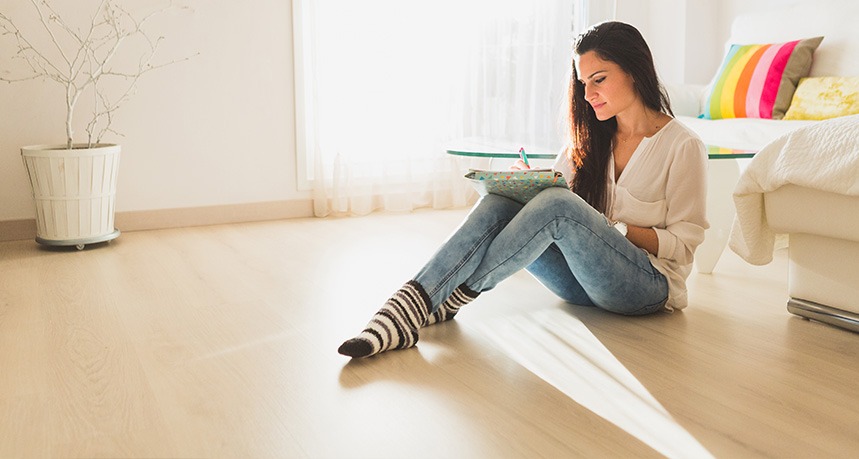
The Best Methods to Effectively Soundproof Floors
Whether you are sound insulating a timber joist floor or concrete floors, these tried and tested solutions will restore quiet in your home. Noisestop Systems has been providing soundproof flooring solutions to homes throughout the UK for many years, and over that period, we have constantly evolved our product range to meet the demands of modern living. This floor soundproofing guide will show you the most effective methods to soundproof your floors.
Adding mass/density enhancing sound absorption and decoupling is essential when soundproofing floors
Achieve the very best soundproofing results by following these essential soundproofing rules. Adding mass/density to the area, isolating or decoupling the new structure from the existing and increasing sound absorption. These rules of soundproofing apply whether you are attempting to soundproof any floor type. Increasing mass makes it harder for the sound to transfer. A variety of high-mass products will block a great range of sounds. Decoupling the structure will reduce sound as it vibrates through a solid structure. Increasing absorption allows the floor to absorb the sound energy. These soundproofing principles are built into the design and specification of our flooring soundproof products and systems.
Mass/Density
Adding mass/density to an area blocks sound transfer. Using materials with different densities will reduce a greater range of frequencies.
Isolation
Creating isolation or decoupling the existing structure from the new enhances sound insulation.
Absorption
Increase sound absorption with materials that absorb sound waves and reduce the energy that carries the sound.
Soundproofing floors against the two main sound types, airborne and impact involves different techniques and materials
Airborne Soundproofing for floors (conversation and TV noise)
- Adding Mass: Use dense materials like mass-loaded vinyl, acoustic underlay mats and acoustic insulation to add mass to the floor.
- Decoupling: Sometimes called isolation, it is achieved with floor overlays such as floating floors and acoustic underlays.
- Sound Absorption: Acoustic insulation and underlay mats will increase the sound absorption of the floor.
- Sealing Gaps: Seal any gaps, cracks, or holes in the floors.
Impact Soundproofing for floors (footfall and movement over the floor)
- Decoupling: Isolate the existing flooring with floating floors and acoustic underlays, decoupling the floor.
- Sound Absorption: Soundproof membranes, acoustic underlays, and acoustic insulation increase the sound absorption of the floor.
- Sound Damping: Adding mass to surfaces and using damping materials like soundproof underlays will sound-dampen the floor.
Soundproof Systems: Combining products to form a floor soundproof system, such as adding mass, decoupling, and absorption material, provides effective noise reduction against both types of sound.
Soundproof flooring solutions for timber floors
Most homes are constructed with timber joists, floorboards, or chipboards straight over the floor joist with a plasterboard ceiling. This construction method is very lightweight and provides little, if any, sound insulation meaning airborne and impact sound will transfer easily between rooms.
In this section of our floor soundproofing guide, we will highlight the best soundproof floor solutions you can use to successfully increase the sound insulation of your floors.
Soundproofing floors is a multi-step process that involves various techniques to minimise noise transmission. To conclude, here are key steps to effectively soundproof floors:
Understand the Noise: Identify the noise you’re dealing with, whether it is impact or airborne, to choose the most appropriate soundproofing solution.
Flooring Materials: Consider using sound-absorbing materials and acoustic underlayment beneath the flooring to reduce impact noise.
Isolation: Create separation between the floor and walls to prevent flanking sound transmission. This can be achieved by leaving a small gap.
Mass and Density: Increase mass by adding acoustic insulation or using soundproofing mats to enhance sound insulation.
Floating Floors: Utilize floating floor installations to minimise impact noise transfer.
Fill Gaps: Seal any gaps or cracks in the floor to prevent airborne noise from passing through.
Combining these methods can significantly reduce noise transmission through floors, creating a quieter and more peaceful environment.
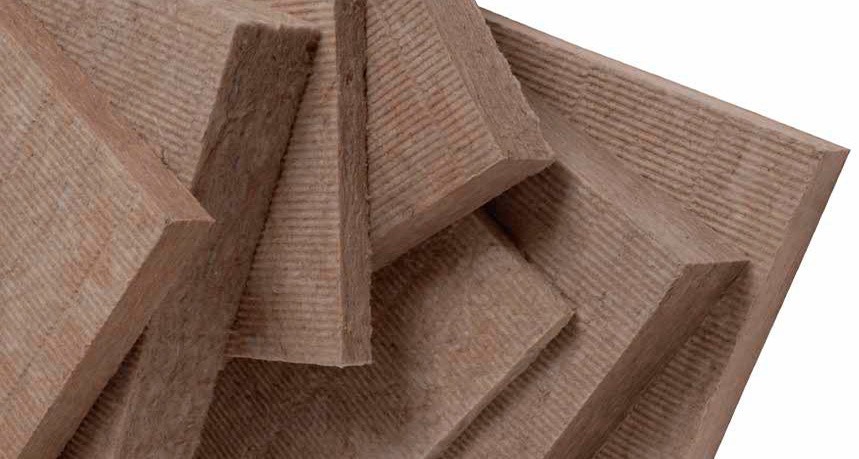
Timber Joist Acoustic Insulation
It would be best to consider using acoustic insulation between the joists to add mass to your floor and increase sound absorption. Untreated floor joists will allow sounds to pass freely between floors. Filling the cavity between the floor and ceilings with acoustic insulation will provide a sound barrier which absorbs the sound. Acoustic insulation is very absorbent to sound; when sound waves come into contact with it, the energy of the sound is transferred into heat and dissipates. Filling the floor cavity is unnecessary, and we recommend using 100mm of acoustic insulation at 60kg density between the joists.
Impact Sound Insulation for Wooden Floors
The sound of footfall or movement across a floor is best dealt with at the noise source on top of the floor. Insulating the floor for impact sounds stops the vibration from the impact transferring into the floor and through the floor joists into the room below. The best timber floor treatments are either floating floors or acoustic underlay mats.
Airborne Sound Insulation for Wooden Floors
Conversation and TV sounds can be reduced using a high-mass acousti underlay. Removing the floorboards to fill the cavity to stop airborne sound transfer may not be possible. In this case, a sound-absorbing overlay mat can increase noise reduction.
Acoustic overlay mats for use over wooden floorboards
Our range of soundproof mats will reduce airborne and impact sounds through floors with timber joists and floorboards.
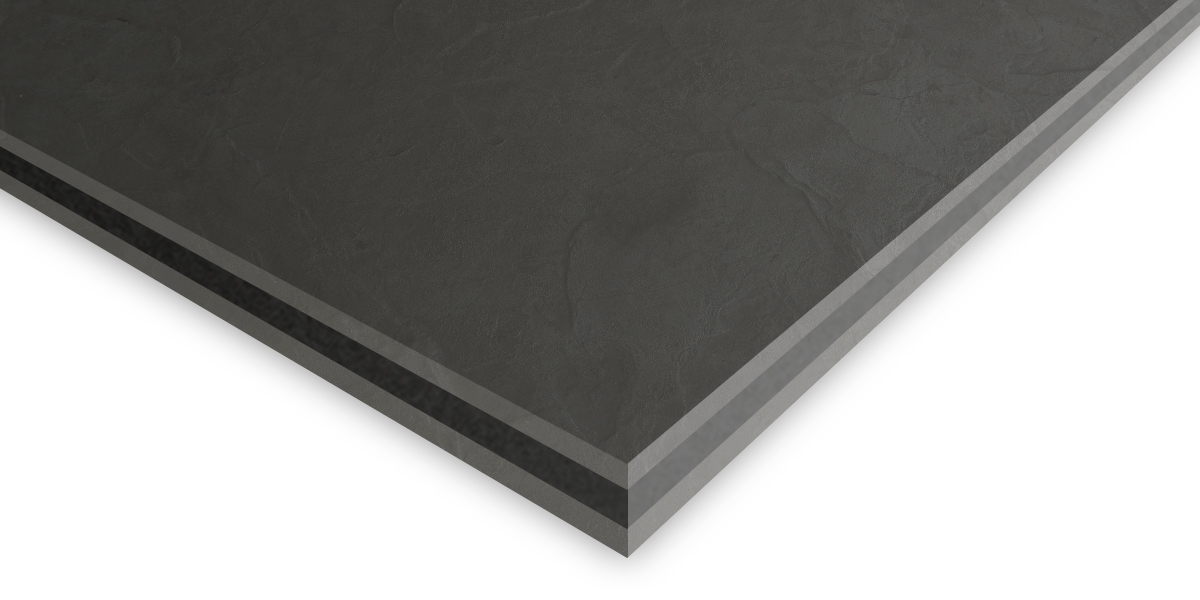
Noisestop F7 Plus 15mm
Noisestop F7 Plus is a premium acoustic underlay. It provides excellent sound reduction against impact and airborne sounds, including footfall and conversation. The 15mm thick soundproof mat has minimal impact on the floor buildup. Acoustic underlays are a popular choice in domestic situations due to the ease of installation. The mats are easy to cut and loosely laid over the floor. Noisestop F7 Plus is a triple-layered acoustic mat combining acoustic grade closed cell foam sandwiched between high-density mass-loaded vinyl membranes. Noisestop F7 Plus is suitable for use alone or as part of a complete soundproof floor system compliant with Part E Regulations.
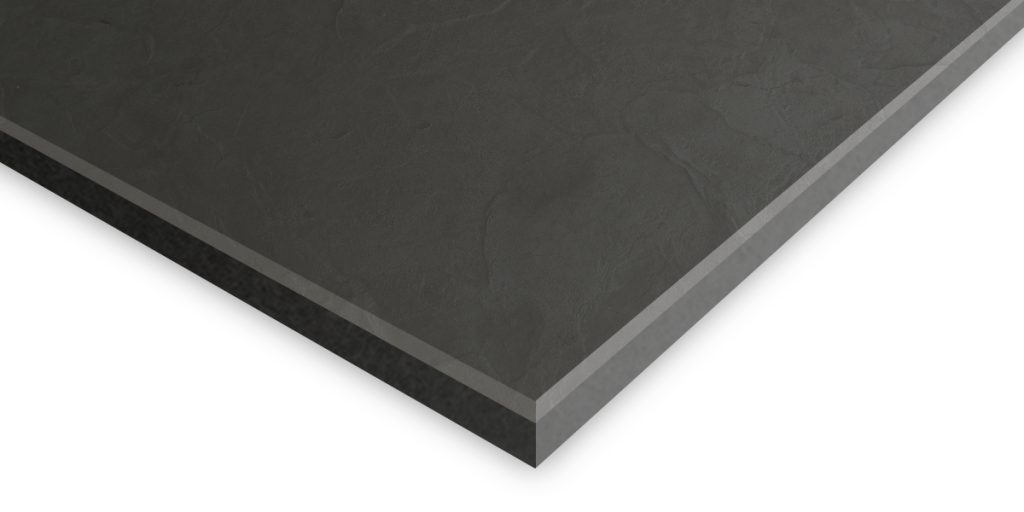
Noisestop Acoustic Underlay 12mm
Noisestop Acoustic Underlay is a heavy-duty overlay mat that provides excellent impact sound reduction against footfall and helps minimise airborne sounds. Only 12mm thick, the soundproof underlay has minimal impact on the floor build-up. The product Combines acoustic grade closed cell foam with mass-loaded vinyl. The mates are easy to install as they are loose laid over the floor and can be cut to size using a sharp knife. The dual layer means applying the mats foam side up for carpeted floors and foam side down for hard floor finishes. Noisestop Acoustic Underlay is suitable for use on its own or as part of a complete soundproof floor system compliant with Part E Regulations.
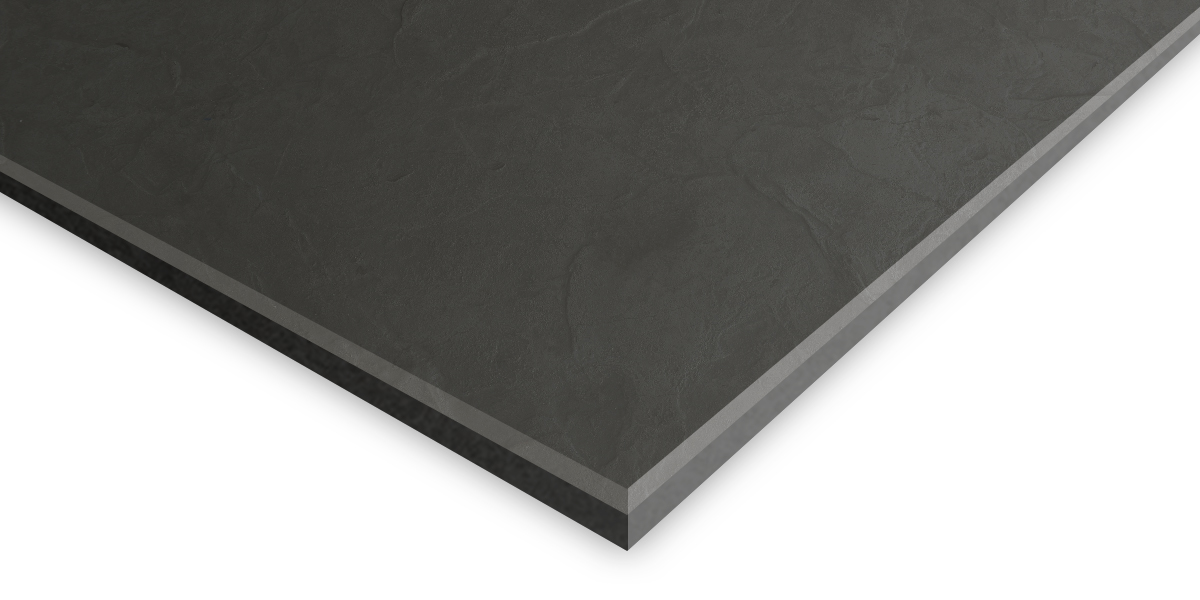
Noisestop F7 9mm
Noisestop F7 is a slim, versatile acoustic underlay flooring product. Suitable for domestic use, this soundproof mat is simple to install as it is loose laid across the floor and can be used below a wide range of floor finishes. The product comprises mass-loaded vinyl and acoustic grade closed cell foam, which will reduce impact sound transfer. Use this mat to reduce sound transfer in rooms with minimal floor build-up impact. Use on its own to sound insulate a floor or as part of a complete soundproof system to meet Part E regulations.
Interlocking floating flooring for timber joist floors
Interlocking floating floors are an alternative to acoustic underlays, which can only be used as overlay systems. Floating floors use a soundproof membrane typically bonded to the bottom of the board, isolating the rest of the floor from the joist or floorboards. An interlocking acoustic floorboard can be fitted over floorboards or directly onto the floor joists. This type of flooring is suited to new building and conversion projects that need a flooring solution as part of the construction or as a replacement for the existing floor.

Noisedeck 32 interlocking T&G floating floor overlay and direct to joist system
Slim direct-to-joist solution for timber separating floors to meet Part E Building Regulations. The Noisedeck 32 floating floor interlocking system reduces sound transmission through timber floors. Noisedeck 32 floating floor sound insulation system comprises a 22mm V313 P5 moisture-resistant chipboard bonded to a 10mm layer of recycled PET mat. Install directly onto floor joists to reduce impact sounds. When installed as part of a separating floor construction, it enables a timber floor to meet the sound transmission regulations of Approved Document E 2003 and subsequent amendments in 2004, 2010, 2013 and 2015.
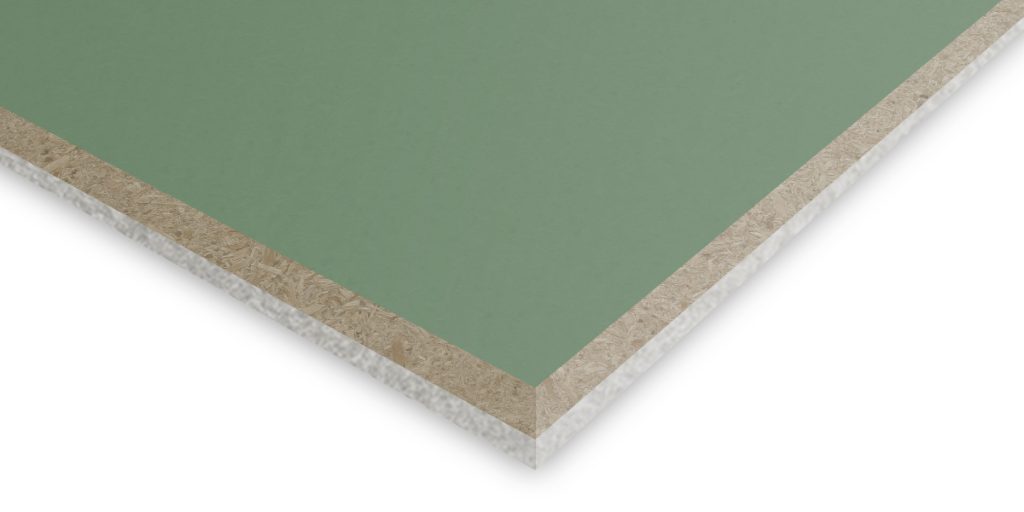
Noisedeck 28 interlocking T&G flooring overlay and direct to joists system
Slim overlay and joist system floor solution Noisedeck 28 reduces sound transmission through timber floors. The Noisedeck 28 floating floor interlocking system, consisting of an 18mm interlocking chipboard bonded to a 10mm recycled PET mat, is suitable for reducing sound transmission through timber floors. Install directly over floor joists or as an overlay system in new build and conversion projects to meet current Part E Building Regulations. When installed as part of a separating floor construction, it enables a timber floor to meet the sound transmission regulations of Approved Document E 2003 and subsequent amendments in 2004, 2010, 2013 and 2015.
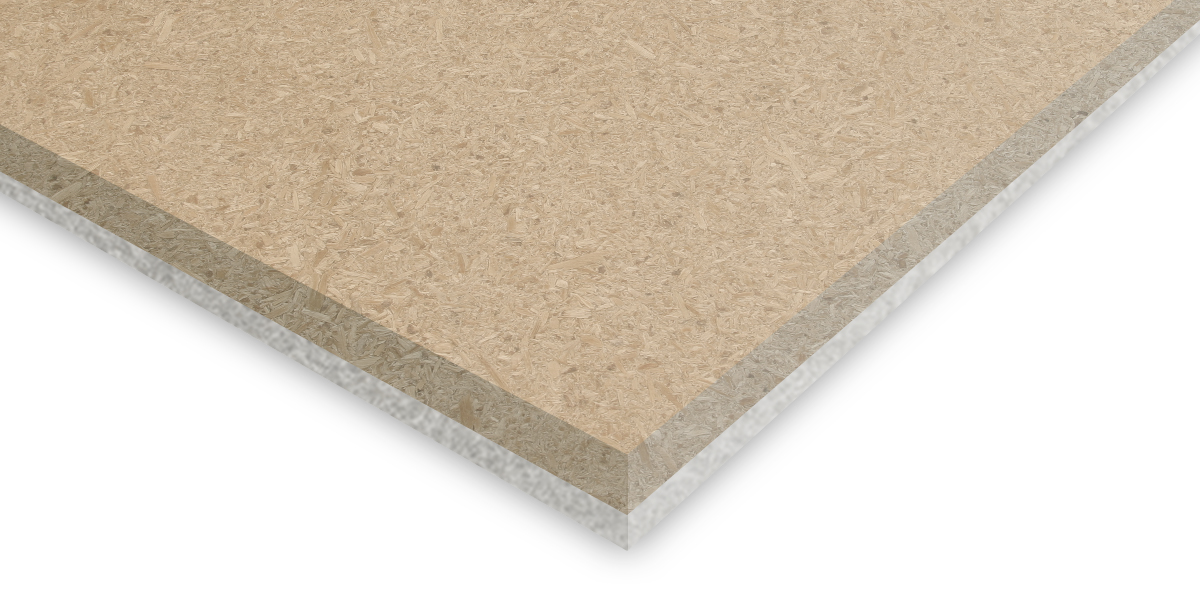
Noisedec 18T T&G interlocking floor overlay system
Noisedeck 18T is a slim, high-performing Part E compliant overlay system for timber floor soundproofing. It helps to reduce impact sound transmission. Consisting of a 12mm moisture-resistant chipboard bonded to a layer of 6mm isofiba. At only 18mm thick, this is one of the thinnest Part E compliant overlay systems for timber floors. When installed as part of a separating floor construction, it enables a timber floor to meet the sound transmission regulations of Approved Document E 2003 and subsequent amendments in 2004, 2010, 2013 and 2015.
Isolate the flooring from walls to reduce noise transfer
Separating the flooring from the walls is essential to diminish noise transmission. Impact noises tend to move across floors and into walls, generating flanking sounds. Ensuring an isolated space between the acoustic flooring and room walls is crucial in curbing this effect. When applying soundproofing measures, it’s especially vital to maintain a slight gap between the flooring and walls, particularly in installations involving floating floors. Use a perimeter edge strip to ensure an acoustic seal around the room’s perimeter.
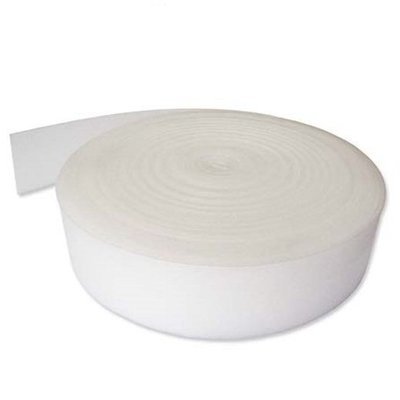
Perimeter Isolation Tape
Choose Noisestop Perimeter Isolation Tape as a low-cost, effective flanking strip for isolating floating floor systems from walls. Noisestop Isolation Tape provides quick and easy fitting on-site with no mess. It’s designed to reduce sound vibrations from floors to walls. Perimeter edging strips or flanking bands are a barrier between the walls and the acoustic flooring. This edging strip forms part of a complete flooring system when installing a separating floor in compliance with Part E Building Regulations.
Soundproofing Floors FAQs
Impact noise through floors refers to the sounds generated by impact or physical contact on a floor surface that transmits to the space below. This could be footsteps, dropping objects, dragging furniture, or any action that causes vibrations and sound transmission through the floor’s structure.
Soundproofing materials, acoustic underlays, and floating flooring options are used to reduce the impact noise that travels between floors.
Installing soundproofing to the floor will give you the best results in reducing impact noise. However, ceiling solutions are also available to reduce impact noise from below.
Airborne noise refers to sound that travels through the air, like voices, music, or TV noise. To soundproof against airborne noise, you add mass and absorption materials to the floor.
Materials such as acoustic insulation and soundproof mats all help reduce airborne sound transfer between floors. The Noisestop F7 Plus is our highest performing acoustic underlay. Acoustic insulation DFM, 100mm between floor joists,is another way of increasing the mass and absorption of wooden floors.
You can lay the carpet directly onto acoustic underlays. You might use them in conjunction with a traditional carpet underlay for added comfort.
If the flooring you are using is below 14mm thick and you are using one of the acoustic underlays, you would need to use a resilient layer over the soundproofing to support the floor finish. Flooring over 14mm, such as engineered flooring and natural wooden floors, can be laid directly over the underlays.
Interlocking floors in the Noisedeck range already have a suitable base for any floor finish, so they do not require further treatment.
When installing soundproofing for your floors in these spaces, avoid directly placing kitchen units, baths, sinks, or toilets onto the soundproofing. To maintain consistent floor heights, employ a plinth beneath these items to ensure everything stays at the proper level.
